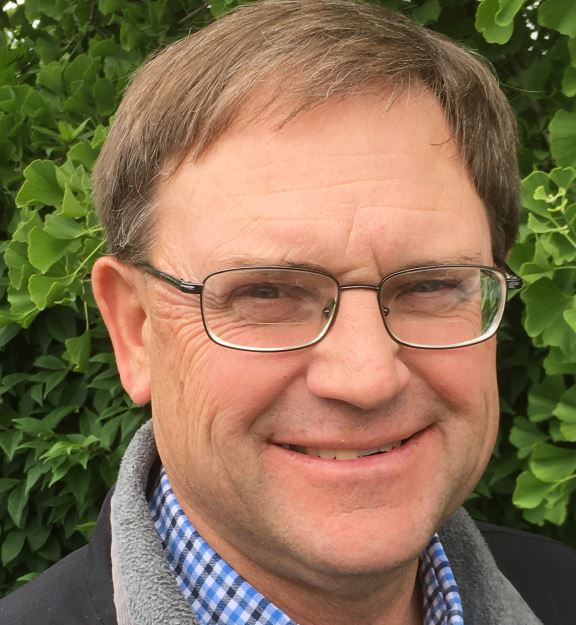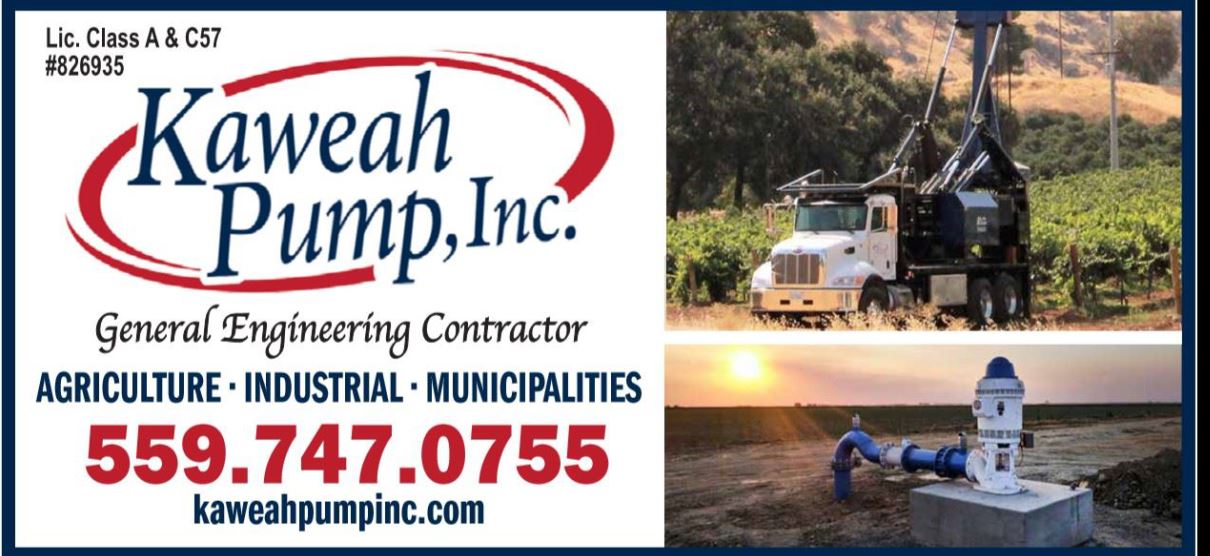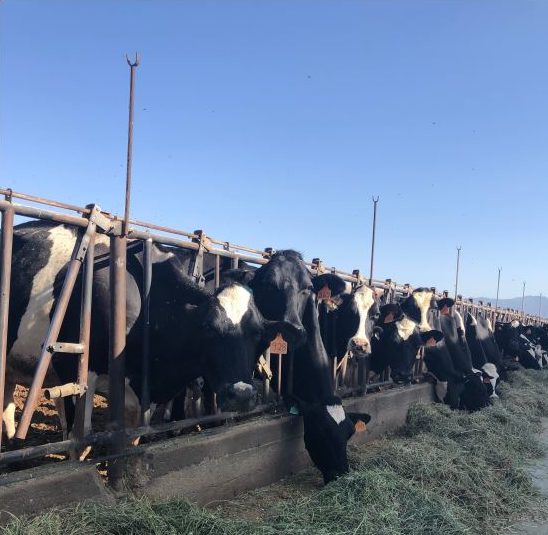 By Geoff Vanden Heuvel, Director of Regulatory & Economic Affairs California Milk Producers Council Reprinted by
By Geoff Vanden Heuvel, Director of Regulatory & Economic Affairs California Milk Producers Council Reprinted by  permission.
permission.
Over the past several weeks, many Central Valley Groundwater Sustainability Agencies (GSAs) have released their proposed Groundwater Sustainability Plans (GSPs) for public comment. These are typically very large documents which contain a tremendous amount of information concerning the known condition of the groundwater in their particular area. The GSPs also make an estimate of how much water can be sustainably extracted over the long term. Many areas are extracting more water out of the ground than is being recharged and GSPs from these areas must contain a suite of projects and management actions that will lead to a sustainable condition by the year 2040.
I have been actively following the progress of GSAs in “Critically Over-Drafted” parts of the Central Valley where there is a dairy presence. Generally, this runs from south of Bakersfield all the way to Stockton with the exception of the Turlock area, which the State has classified as a medium priority sub-basin. The most relevant parts of these plans for the affected farmers is the projects and management actions section. It is in that section where you find out what approach your GSA is going to take, at least in the first five years, to address the overdraft problem.
There are two basic approaches that GSAs are taking. Some GSAs will be allocating water to individual farmers, usually along with the ability to initially use about what is being used today but with a ramp down strategy that will eventually restrict pumping to a sustainable level by 2040. This strategy is coupled with land taxes and extraction fees on pumping that will generate money to fund the development of water supply projects as well as potentially providing money to farmers who voluntarily fallow their ground.
Another approach GSAs are taking is to do projects to bring in more surface water as well as establish voluntary fallowing programs but to NOT establish a specific allocation for each farmer. These GSAs are making a commitment to solving their overdraft problem over the next 20 years but at least initially are not going to be allocating the available groundwater supply to individual farmers. Almost all of these GSAs have, or plan to put in place, a land-based fee and often, in addition, an extraction fee which accomplishes two objectives. One, it raises revenue for the GSA to do the projects they have planned and two, putting a charge on groundwater extraction creates an incentive for farmers who have access to surface water to take the surface water instead of just pumping the groundwater for free.
It is very important for dairymen to know what GSA you are in and to understand what strategy your GSA is taking. Each area has its own unique circumstances, but in my opinion the best early strategy for most GSAs is to avoid giving specific groundwater allocations to individual landowners. Once a GSA allocates water to an individual landowner, it becomes a right that is very difficult to take back. And unfortunately, the allocation the landowner would get would be between 6 and 12 inches per acre, per year, which is not enough to grow a crop. This then creates an immediate need for a water market and the potential for winners and losers in the competition for an inadequate supply.
A much less damaging path is to instead implement modest extraction fees on groundwater pumping and have the GSA use that money to reduce the overdraft. To do this you need a way to measure groundwater usage which should be an early action item for every GSA. The use of satellite measurement of crop Evapotranspiration has progressed to a point of commercial viability with amazing accuracy. It can be installed over the entire land surface of a GSA for a very reasonable cost.
Once a measuring system is in place, groundwater extraction fees can be collected, and collective water supply projects can be implemented. I believe substantial progress on reducing the overdraft can be made in the early years with this approach. Meanwhile, the entire Central Valley needs to pull together to support efforts to improve the delivery capability of the backbone water supply systems. The organized effort to accomplish this part of the strategy has started and is called the San Joaquin Valley Water Blueprint. Milk Producers Council, along with our other dairy industry colleagues, are fully engaged in this effort, which you will be hearing more about in the weeks and months to come.
The Sustainable Groundwater Management Act will change the Central Valley. But continuing to pump groundwater without accountability could not continue. The decisions we collectively make now will have a profound impact on generations to come. Every day I see folks wrestling with what to do and acting in good faith and with energy to try to achieve a sustainable future in the least damaging way possible. I know that there has been lots of skepticism about whether the Central Valley was up to this challenge. I have seen firsthand, enormous effort and good will displayed as all of our communities have wrestled with this huge problem. In the end, despite all the work that has been accomplished to date, there is going to need to be a significant investment from the State and Federal governments in water infrastructure improvements. And to accomplish that, we are going to need to work in collaboration and partnership with our community neighbors, who will also be profoundly impacted by this law. Are we up to the task? I would say: So far, so good.
If you have any questions or comments, feel free to contact me at Geoff@milkproducers.org






























